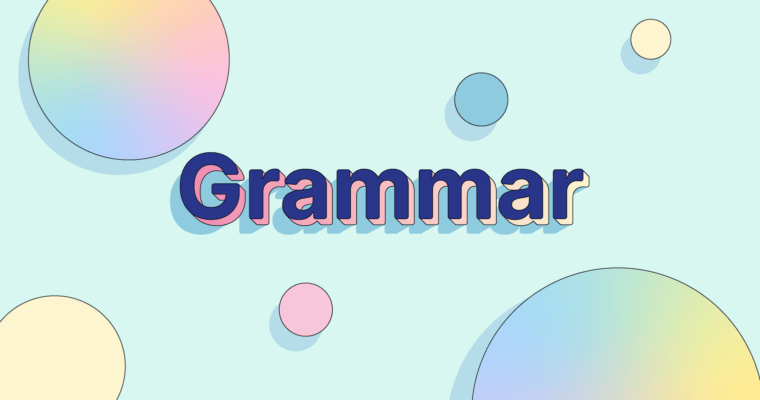
We’ve all heard the adage “Ain’t ain’t a word.” But isn’t it? Or, rather, ain’t it?
In a school context, certain words are usually not spoken aloud in class or written in an essay because they are thought to be incorrect or unpolished. But ain’t can be found in the dictionary and has a rich history and roots dating back to the English Restoration in the late seventeenth century. Here, we’ll dive into the backstory of ain’t and find out why this controversial contraction is discouraged by teachers, instrumental to slang, and considered the “most powerful social marker in English.”
What does ain’t mean?
The word ain’t means “am not,” “are not,” and “is not.” In some dialects, it can also mean “has not,” “have not,” “do not,” “does not,” and “did not.” Ain’t is a contraction or combination of words and began as a condensed version of the words am and not.
Generally, ain’t is seen as an informal word that, while widely used in everyday conversation, is avoided in formal writing or speech.
The first-recorded usage occurred in the 1700s. The word’s original form is amn’t, a direct contraction of am and not that can still be heard in Scotland and Ireland today.
Since the mn combination of two nasal consonants in amn’t can be difficult to pronounce, the m was often omitted by English speakers and was reflected in the new written form of an’t. An’t eventually evolved into ain’t, with both forms used to mean “is not,” “am not,” and “are not.”
Is ain’t a real word?
Ain’t is a real word that was perfectly acceptable in proper English for centuries—until it fell out of favor. In modern times, scholars have called ain’t “the most stigmatized word in the language” as well as the “most powerful social marker in English.” It is a classic example of a shibboleth—a word used to determine inclusion or exclusion from a group.
In American English, the usage of ain’t corresponds to a middle level of education, though it’s often generalized to indicate a lack of education or social standing in the speaker.
Those whose dialects use ain’t in everyday speech today are sociotyped as poor or working-class people; grammarians have at times taken a stand against using ain’t.
Is ain’t grammatically correct?
Yes, ain’t is grammatically correct, but due to how ain’t has evolved beyond its original usage and its association with slang, it’s best to avoid using the word in formal writing. Instead use the full terms am not, have not, and do not, depending on the context.
How to use the word ain’t
If you’re intrigued by the use of ain’t and want to know how to use it correctly, here are some examples and common expressions.
As a contraction of am not / are not / is not
- Harris ain’t answering his phone for some reason.
- Ask any author: Writing and publishing a whole novel ain’t easy.
- They ain’t up for going to the play tonight.
- I ain’t hungry.
- Clara said she’d be working at the front desk today, but she ain’t here.
As a contraction of have not / has not
- They ain’t been to this movie theater before.
- I ain’t done anything wrong, but mom is still yelling at me!
- The student ain’t turned in their assignment.
As a contraction of do not / does not / did not
- We ain’t forget about the presents.
- She ain’t enjoy commuting.
Ain’t FAQs
What does ain’t mean?
Ain’t is a contraction of am not, is not, are not, has not, or have not. It can also mean “do not,” “does not,” and “did not.” The word is considered informal and is often used in casual conversation or writing.
Is ain’t a real word?
Yes, ain’t is a real word that has been used by English speakers for centuries, with its earliest usage attributed to English Restoration playwrights in the seventeenth and eighteenth centuries. Today, ain’t is considered informal and is associated with dialectical or colloquial speech.
How should you use ain’t in writing?
Although ain’t may be commonly used in conversation, it’s generally best to avoid using the word in formal or professional writing and settings. The appropriateness of using ain’t in writing depends on the context and level of formality required.






